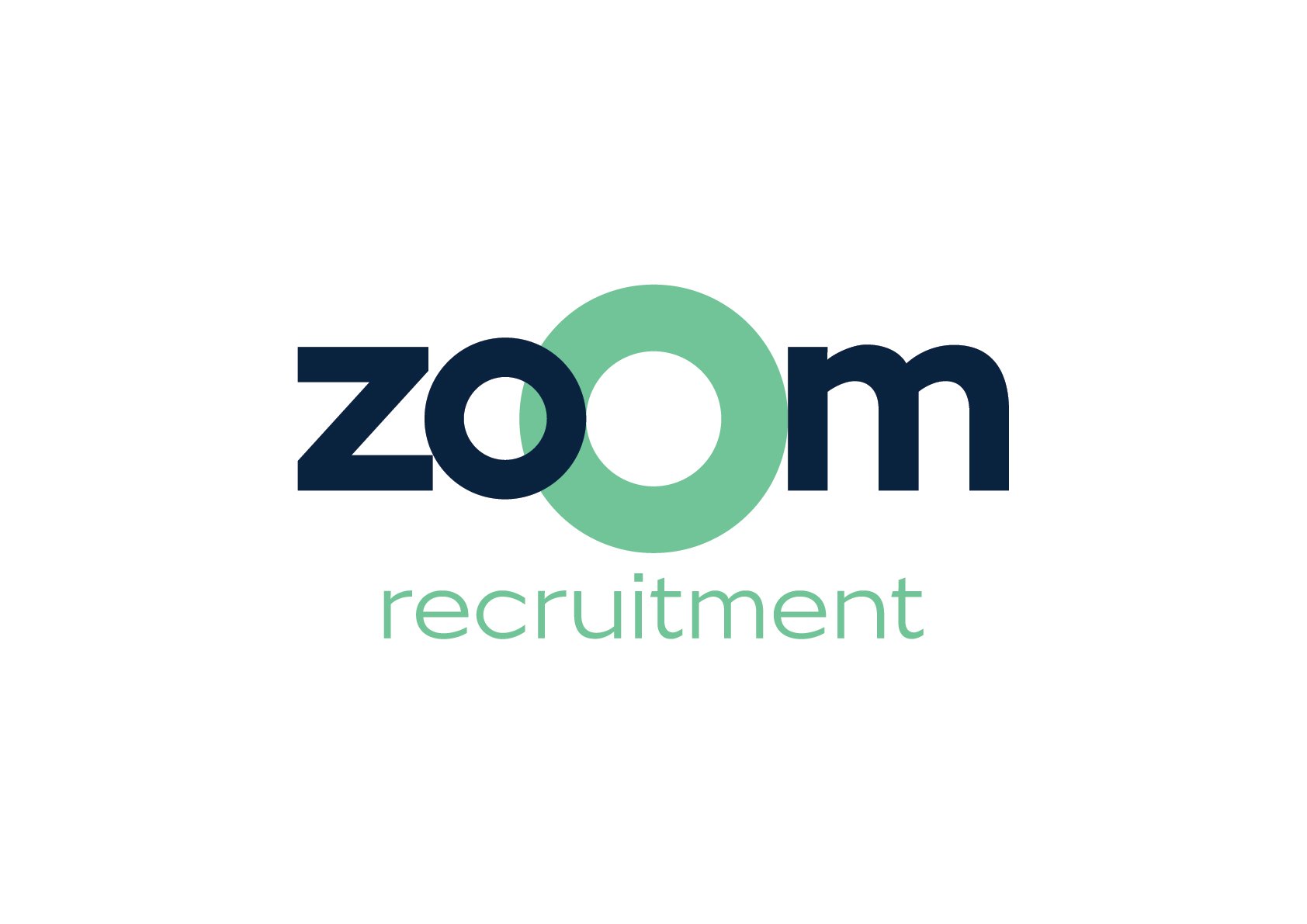Lisa Belcastro is Zoom Recruitment’s Transport Specialist. She has been working in recruitment for 20 years. For the last 15 years, she has focused on recruiting people in the Warehouse, Transport and the Logistics sector, specialising in sourcing drivers and building relationships with trucking companies.
Truck drivers are known as the lifeblood of the Australian economy. They keep almost every aspect of our lives supplied in this one large landmass we call home.
Right now, there is no new blood, and the current pool has been sucked dry.

Our most experienced and reliable drivers are ageing with no one wanting to replace them when they retire. Supermarket shelves stood empty of toilet paper while warehouses were chock full of it. This was the signal that there was no one to drive the supply to fulfill the demand.
A KNOWN ROADBLOCK:
This is not new. The need for experienced truck drivers, not only with specific heavy vehicles but also with a candidate's proven track record in driving for particular industries, is what's holding the majority of young and aspiring truck drivers back from breaking into the industry. This is one of the ongoing challenges that recruiters have encountered in the 20 years that I have been recruiting for truck drivers. In fact, a study by the Victorian Government in 2008 projected that by 2026 we would need to have hired 270,000 new drivers for the supply chain to remain efficient. Fast-forward to now, in Victoria, we’ve needed at least 5,000 drivers since not yesterday, but 2 years ago.
This is not a problem unique to Australia. The USA, Canada and Europe are experiencing it too, with governments vying to capture an immigrant injection of new blood into their Warehouse, Transport and Logistics sector.
For us who are on the frontline of this battle, it is a struggle. There’s no other way to describe it. Our transport partners know how difficult recruitment has been for truckies - even since 2017. But while we understand at Zoom Recruitment that the lack of drivers has been an endemic issue in the industry, we still find ways to help our clients.

ADDRESSING THE CHALLENGE:
We partnered with one of our clients to establish a program to train willing but inexperienced drivers to take their skills to the next level. One of the driving challenges green truckies are finding themselves in is how to reverse a truck properly, particularly Semi HC and B Doubles. Some companies pay experienced drivers just to reverse them. Training drivers is a slow process but, if we are to do something about this situation, companies should be open to finding those who are willing and invest in training them. One of our biggest logistics partners have been doing this and have found success in replenishing their rosters.
Staff retention programs are crucial for companies to keep their operations intact, despite the skills shortage. I speak to truckies on a daily basis and they whinge - that’s typical, but the number of recommendations that I hear from them to make their jobs better and the process more efficient cannot be dismissed. To ensure that our clients retain their staff, we have to consult with them and ask the tough questions. Does your onboarding process ensure the driver is ready with their equipment, route, and the sites where they'll work? What is your company doing to take care of their mental health? Are you quick to repair and fix issues? To retain staff, both the personal and professional welfare of our drivers needs to be looked after. If nobody is honest about issues that truckies talk to me about on a daily basis, how can we make meaningful changes? There is no day worse than seeing one of my clients come to me and say they’ve lost a driver to another company.

WORKING TOGETHER TO OVERCOME:
Those are only a couple of strategies that we've started to implement with our partners. And it’s working. There are a few more that we’re looking into. Despite the skills shortage, we are hopeful because the act of consulting with each other on a weekly basis means that we're working together to do something about this skills shortage. And that’s the spark that will turn this thing around.
The people who are working together to get this lifeblood flowing constantly again are already here. It’s the same people who grew this supply chain sector to be a resilient Australian economy. We just need to keep new blood flowing and drive new solutions in this industry.



